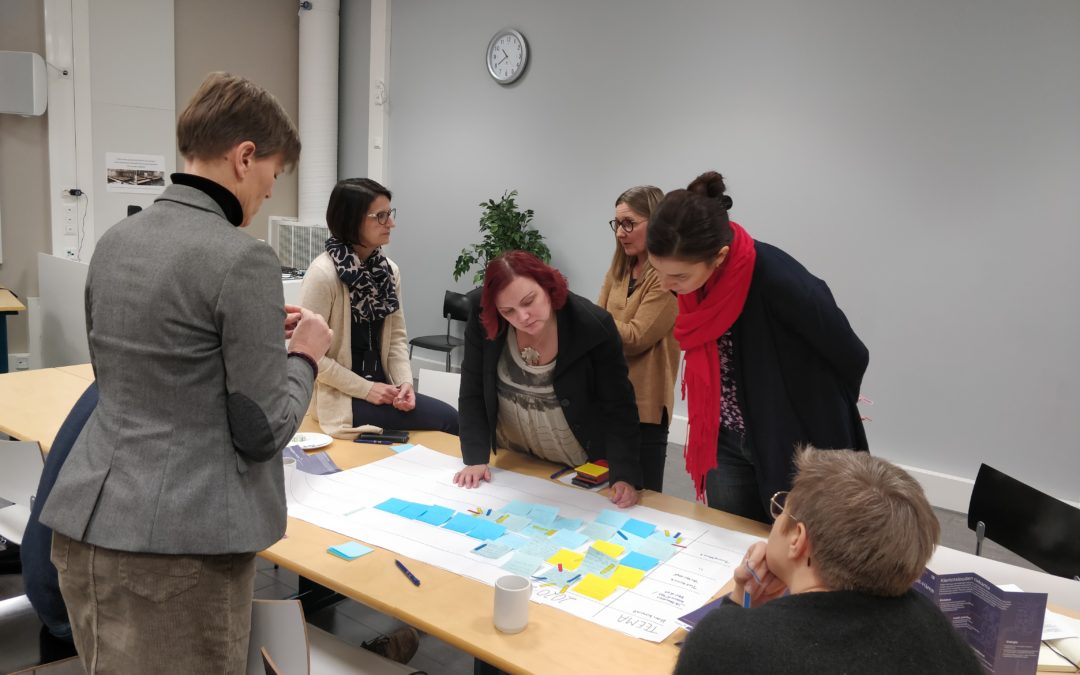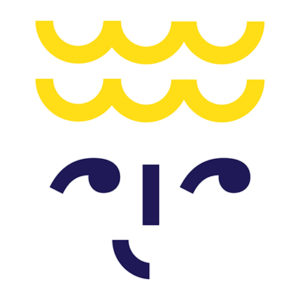Value chain mapping methodology, good practices report on smart specialisation implementation, and climate action roadmap developed in the BSR S3 Ecosystem and Canemure projects support the work on interregional innovation collaboration and sustainable development in Päijät-Häme.
The EU’s post-2020 smart specialisation (S3) agenda highlights the role of innovation-focused interregional collaboration and investments. To support and boost innovation in the Baltic Sea region, Baltic Sea Region Smart Specialisation Ecosystem, a project funded by the Interreg BSR program, aims at aligning S3 initiatives to better steer investments across the macro-region. LAB University of Applied Sciences is one of the project partners and the project activities are carried out in close cooperation with the Regional Council of Päijät-Häme.
To support the thematic interregional innovation collaboration, a value chain mapping exercise (by The European Future Innovation Systems Centre – EFIS) for the Circular Bioeconomy domain was completed. The results of this exercise open up the possibilities for the BSR macro-region to advance interregional innovation agenda in the Circular Bioeconomy field. The value chain mapping methodology can be applied to interregional value chain mapping efforts in any field or domain.
Another project output, a study “Smart Specialisation in the Baltic Sea Region – Learning towards Macro-regional Specialisation” by the Baltic Institution of Finland gathers good practices of S3 implementation form nine BSR regions and describes their regional approaches to S3. Päijät-Häme’s model of creating roadmaps for S3 implementation in close interaction with regional stakeholders is presented as a good practice which is transferable to any region. Both, the value chain mapping study as well as the Good Practices report can be found from the EUSBSR Policy Area Innovation website.
In the Päijät-Häme region, the S3 activities are closely connected to climate change mitigation goals. The aim is to reach climate neutrality by 2030, which entails cutting down emissions at all sectors, as well as increasing carbon sinks. Päijät-Häme Climate Action Roadmap outlines the steps needed to achieve the goals. Like S3 roadmaps, also the climate roadmap was drafted together with stakeholders like municipalities, higher education institutions, and other regional bodies. The roadmap was approved by the Regional Board in October 2020 and will be updated annually.
Further information:
Satu Rinkinen
Post-Doctoral Researcher, Project Manager
LUT University
satu.rinkinen(a)lut.fi
Maarit Virtanen
Climate Specialist
Regional Council of Päijät-Häme
maarit.virtanen(a)paijat-hame.fi



